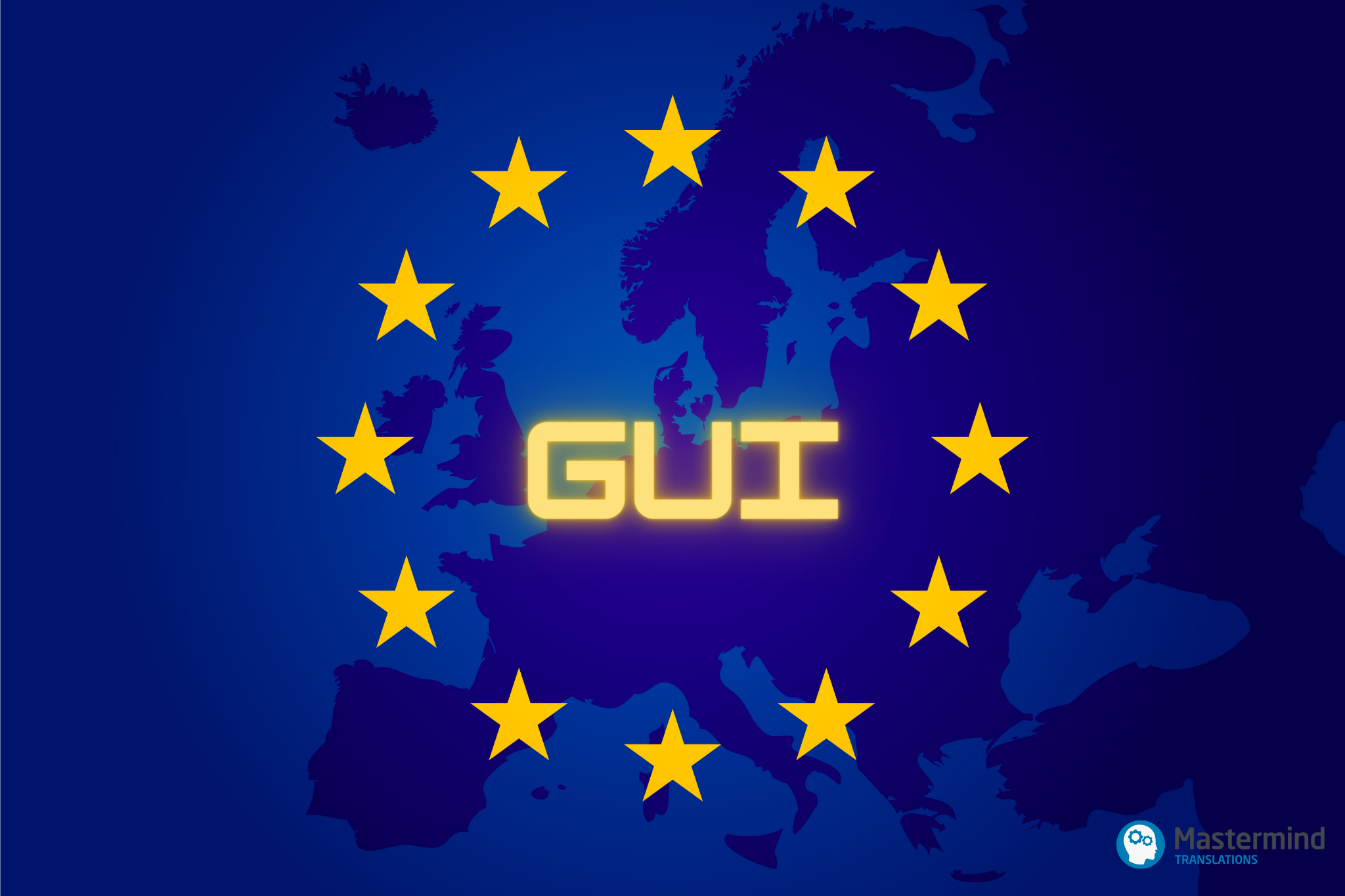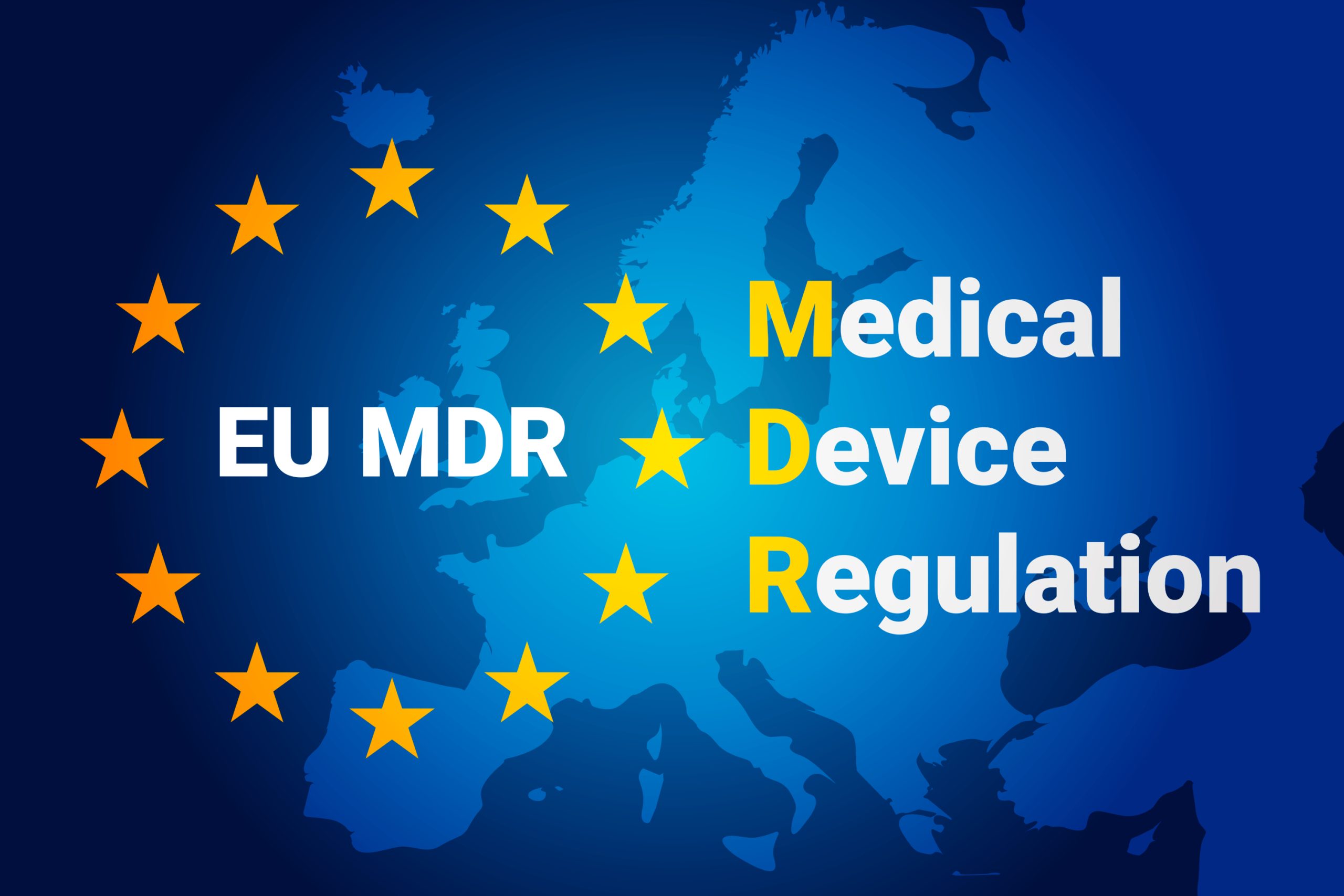In the fast-paced world of digital marketing, multilingual search engine optimisation (SEO) has become a crucial weapon in the arsenal of successful marketing strategies for life science companies looking to expand their global reach. In today’s fiercely competitive digital environment, the translation of your life science website’s content serves as a potent catalyst to improve your online visibility, helping you better connect with your international audience. In this article, we explore the intricacies of multilingual SEO translation and localisation with a dedicated focus on the life sciences industry. From understanding the basics of SEO to the complexities of a multilingual SEO strategy, we will delve into how well-executed SEO translation can significantly improve your life science website’s search engine results. When deployed effectively, these tactics not only guarantee more organic search traffic to your website, but will also help increase your brand recognition, trustworthiness, and engagement on a global scale.
Importance of Multilingual Website SEO Strategies for Life Science Companies
In an industry where the audience heavily relies on precise technical information for decision-making and self-education, creating accurate and easily discoverable content is essential. In some cases, website owners are even legally required to provide specific information online. For instance, in the EU, manufacturers of medical devices must ensure that their website contains up-to-date safety and performance information for the user in the relevant EU language(s).
To harness the power of SEO for a multilingual website, translation efforts must be approached from an SEO perspective. It is not just about translating content into different languages; it is about designing the entire SEO strategy to cater to a multilingual audience.
An effective SEO strategy, specifically tailored to the unique needs and challenges of the life science industry, aims not only to attract organic traffic but also to target the right audience, with the right intent, at the right time, and in the right language. It serves as the key to unlocking the gateway to showcase your life science products or services in the crowded global digital space.
Understanding the Fundamentals of SEO
Before delving into the complexities of multilingual life science SEO, we should first explain some basic concepts.
How Search Engines Work
Search engines, such as Google and Bing, serve as complex systems designed to help users find the most relevant and useful information. They operate through a multi-step process involving:
- Crawling:
Search engine bots, also known as spiders or crawlers, traverse the Internet by following links from one page to another. They explore new and updated content, collecting data along the way. - Indexing:
The collected data are then sent to the servers for indexing, where they are organised and stored in vast databases. The process of indexing involves search engines analysing website content, identifying keywords, and categorising them based on relevance. - Ranking:
When a user makes a search query, search engines deploy sophisticated algorithms to analyse various factors, including content quality, relevance to the query, the number of links, user location, and historical search behaviour. In this final step, search results are arranged based on the perceived relevance to the query.
Keywords
Keywords are the backbone of SEO. They represent the words and phrases users type into search engine queries. In the life sciences, these could include scientific terms, disease names, regulatory procedures, or queries from potential buyers. Strategic incorporation of these keywords into multilingual content helps search engines understand the context of your website better.
On-Page and Off-Page SEO
On-page SEO involves optimising individual web pages to enhance their search engine visibility through, for example, strategic keyword placement, crafting quality content, and optimising meta tags. Off-page SEO, on the other hand, includes activities external to your website that influence its SEO ranking, such as building quality backlinks, social media marketing, and managing online reputation.
Technical SEO
Technical SEO involves optimising the technical aspects across your website, such as website speed, mobile responsiveness, server configurations, and structured data markup, to enhance its visibility and user experience on search engines. This optimisation ensures that users can access and interact with the content seamlessly, which contributes to improved search engine rankings.
Taking Your Life Science Website Global with Multilingual SEO
A successful multilingual SEO strategy acts as the gateway to an international audience. Here are some basic concepts to consider:
SEO Translation
SEO translation is a strategic approach that goes beyond simple language conversion. Unlike traditional page-by-page text translation, it also optimises translated online content for search engines by integrating SEO principles during translation. At its core, it involves understanding the online needs and behaviours of your target audience, ensuring your translated content is tailored to them.
SEO Localisation
SEO localisation involves not only linguistic adaptation but also cultural and social customisation, ensuring that your material resonates authentically with diverse audiences. This comprehensive approach considers regional nuances, search trends, and user behaviours to create a more personalised and impactful online experience.
Transcreation
Transcreation, short for ‘creative translation,’ adapts content to resonate culturally and emotionally in the local language, aiming for authenticity and engagement to connect with the local audience on a deeper level.
Hreflang tags
Hreflang tags, or hreflang attributes, are HTML tags used to indicate the language and regional targeting of a webpage. These tags help search engines understand the language variations and regional targeting of different versions of a page so they can deliver relevant content based on user language and location preferences. Hreflang tags typically appear in the HTML head of a webpage and include codes representing the language. For instance, in Belgium, a Dutch page might include hreflang=”nl-be,” while a French version uses hreflang=”fr-be.”
Identifying Multilingual Keywords for Your Life Science Website Through Keyword Research
Fundamental to a successful multilingual SEO strategy, keyword research shapes your translated content to align with the language and queries of your target audience. It holds crucial significance for three primary reasons:
- Language Resonance:
Enables tailoring content to match the language of your audience, creating resonance with their search queries. - Problem Insight:
Provides insights into the problems and questions your audience seeks to address, allowing the creation of content that meets their needs. - Strategic Opportunities:
Helps identify high-volume keywords driving significant traffic and low-competition keywords offering strategic ranking opportunities.
SEO Solutions for Maximising the Visibility of Your Multilingual Life Science Website
In the competitive arena of life sciences, your multilingual SEO strategy plays a pivotal role in propelling your life science organisation to the online forefront.
Quality Life Science Content
Content is king in SEO, especially for life science websites catering to an audience with heightened expectations. High-quality, accurate, and engaging content not only attracts more website visitors but also encourages prolonged exploration, enhancing your chances of ranking higher in search results. In addition, it fosters trust, positioning your life science organisation as a reliable source of valuable information.
Keyword Intent
Keyword intent refers to the underlying motivation or purpose driving a user’s search query. Understanding keyword intent is key to tailoring content to meet the specific needs of your audience.
The three primary search intents are informational (to learn), navigational (to visit a specific website), and transactional (to make a purchase). For example, a user searching for ‘EU IVDR’ likely seeks informational content, while a search for ‘order COVID-19 rapid lateral flow test’ indicates a transactional intent. Identifying the intent behind life science-related keywords is key to tailoring content to meet the specific needs of your audience and improving its overall discoverability.
Inbound Links for Credibility
Inbound links, or backlinks, are external hyperlinks from other webpages to your site. They serve as external endorsements, conveying the credibility and value of your content to search engines. Viewed as “votes of confidence” from external sites, quality backlinks bolster your website’s authority, paving the way for higher search result rankings. Crafting compelling SEO content that naturally attracts links, engaging in guest blogging opportunities, utilising social media platforms for strategic promotion, active participation in relevant online communities, and fostering collaborations with industry peers all contribute to a robust backlink profile, ultimately helping rank your website higher.
LSI, NLP and EEAT
As search engine algorithms evolve, SEO factors like LSI, NLP, and EEAT have become crucial in multilingual SEO:
- Latent Semantic Indexing (LSI):
Integrates semantically related keywords with the primary term to enhance search engine understanding. For example, if your main keyword is ‘bioplastic,’ LSI keywords could include ‘biodegradable plastic,’ ‘plant-based plastic,’ and ‘polyhydroxybutyrates.’ - Natural Language Processing (NLP):
Leverages AI to help search engines understand the nuances of scientific language, ensuring content aligns with user queries. - Experience-Expertise-Authoritativeness-Trustworthiness (EEAT):
Evaluates content quality based on the creator’s qualifications and knowledge (Experience, Expertise), the reliability of information (Authoritativeness), and overall trustworthiness. Integrating EEAT principles into SEO is especially crucial for life science organisations, where up-to-date, accurate content is paramount.
The Significance of Metrics in Multilingual Life Science SEO
SEO is an ever-evolving strategy that demands continuous monitoring and adjustment for optimal performance. SEO metrics serve as measurable indicators, offering insights into the performance and effectiveness of your website on search engine result pages. These metrics help identify areas for improvement, ensuring alignment with business goals.
Key SEO Metrics to Track for Life Science Websites
- Organic Traffic:
Gauges the impact of unpaid search results on overall traffic to your site. - Keyword Rankings:
Tracks the performance of keywords to optimise content for targeted searches. - Bounce Rates:
Assesses whether content meets audience needs and retains user engagement. - Backlinks:
Evaluates insights into content attraction and identifies opportunities for SEO improvement.
Tools to Support Your Multilingual SEO Strategy
Executing a robust multilingual SEO strategy for life science websites requires the expertise of knowledgeable SEO experts, along with the right tools to identify relevant keywords and track key SEO efforts. Here are essential tools to support your efforts.
1. Google Keyword Planner
How Google Keyword Planner can support your multilingual website’s SEO:
- Identifies keywords for specific languages.
- Provides insights into search volume, competition, and trends.
- Enables tailoring content to match language and resonate with diverse audiences.
2. Google Analytics and Google Search Console
How Google Analytics and Search Console can support your multilingual website’s SEO:
- Google Analytics:
- Offers insights into website traffic, user behaviour, and conversion rates.
- Helps gauge the impact of unpaid search results on overall traffic.
- Google Search Console:
- Provides data on search performance and visibility.
- Assists in tracking keyword rankings and identifying opportunities for SEO improvement.
3. SEMRush, Ahrefs, and SE Ranking
How SEMRush, Ahrefs, and SE Ranking can support your multilingual website’s SEO:
- Offer comprehensive SEO analytics.
- Provide in-depth keyword research for multiple languages.
- Assist in tracking keyword rankings and backlink analysis.
- Facilitate competitive research to refine your multilingual content strategy.
4. NeuronWriter
How NeuronWriter can support your multilingual website’s SEO:
- Facilitates AI-driven content creation for targeted keywords in multiple languages.
- Helps maintain linguistic consistency and relevance across diverse audiences.
- Assists in producing high-quality, optimised content to enhance global search engine visibility.
These tools collectively empower your multilingual SEO strategy by ensuring precise keyword targeting, monitoring performance metrics, and refining your approach based on real-time data.
Overcoming Common Challenges in Multilingual SEO Strategies for Life Science Websites
Multilingual life science SEO presents unique challenges that, when strategically addressed, can be transformed into opportunities for success. Here are common challenges and suggested solutions:
1. Niche and Technical Keywords
Challenge: The life science industry often involves highly specific and technical keywords, leading to low search volumes.
Solution: Embrace Long-Tail Keywords and Niche Topics
- Focus on long-tail keywords and niche topics to reach a more specific audience.
- While low-search-volume keywords may not drive substantial traffic, they attract highly targeted visitors more likely to convert.
2. Complex and Technical Content
Challenge: Life science content is inherently complex and technical, posing a challenge in creating content that is both SEO-friendly and valuable to the audience.
Solution: Balance Technical Accuracy with Readability
- Strike a balance between technical accuracy and readability.
- Ensure content is accessible to a broad audience by using clear language, breaking down complex concepts, and incorporating visuals.
3. Regulatory Restrictions
Challenge: The life science industry operates under stringent regulatory frameworks that often extend to digital marketing communications. For example, legislation regulating the advertising of food supplements may limit the use of certain claims.
Solution: Understand and Work Within Regulations to Ensure Regulatory Compliance
- Adhere to national regulations and guidelines, and work creatively within constraints.
- Develop SEO strategies that comply with regulatory standards while effectively showcasing your offerings.
Navigating the complexities of multilingual SEO is pivotal for life science organisations aspiring to make a global impact in the constantly evolving digital landscape. Employing strategic translation, cultural adaptation, and meticulous SEO tactics will enable your website to surmount linguistic barriers, cultivating recognition and credibility on a worldwide scale. Continuous monitoring, adaptation, and creative navigation of challenges are crucial in this dynamic terrain. As your digital presence transforms into a conduit for global engagement, please remember: you are not just enhancing online visibility; you are evolving into a trusted source of knowledge in the international life science arena.
Stay dynamic, stay informed, and let your digital footprint resonate globally.






